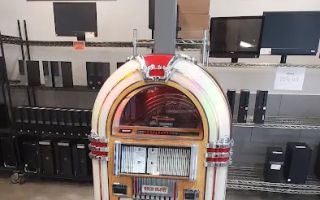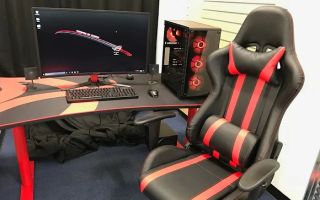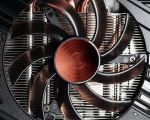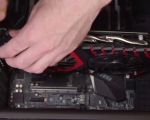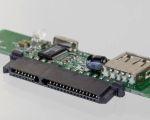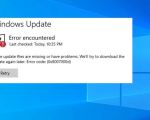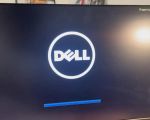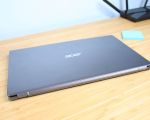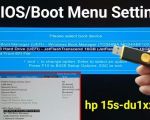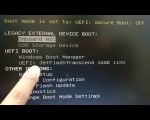Dell Computer Boot Menu Key Steps: A Comprehensive Guide
- 1. Understanding the Dell Boot Menu
- 2. How to Access the Dell Boot Menu
- 3. Common Boot Menu Options on Dell Computers
- 4. Troubleshooting Boot Issues with Dell Computers
- 5. Upgrading Your Dell Computer Boot Media
- 6. Where to Buy Dell-Compatible Boot Media Products
4. Troubleshooting Boot Issues with Dell Computers
If your Dell computer is having trouble booting up, the Boot Menu can help you identify and fix the issue. Some common boot problems include:
- Boot Device Not Found: If your computer can't find the boot device, ensure that the device is properly connected and recognized in the BIOS settings.
- Failed to Boot from USB: If you're trying to boot from a USB drive but it isn't working, make sure the USB drive is formatted correctly and the bootable files are on it.
- Booting from an Incorrect Drive: If your computer is booting from the wrong device, use the Boot Menu to select the correct device, such as your hard drive or a bootable USB.
Using the Dell Boot Menu allows you to troubleshoot and resolve these issues by giving you control over the boot sequence. If problems persist, you may need to enter the BIOS settings to adjust boot priorities or run diagnostics tools.
5. Upgrading Your Dell Computer Boot Media
Sometimes, your Dell computer may require an upgrade to its boot media, especially if you’re upgrading to a new operating system or need additional space for recovery tools. Here’s how you can upgrade:
- Upgrade to a Faster USB Drive: If you're using a USB drive for booting, upgrading to a USB 3.0 or higher model can drastically improve boot times and overall performance.
- Use a Larger External Hard Drive: If you need more storage for backups or recovery tools, consider using an external hard drive instead of a USB stick.
- Create a Bootable External SSD: For even faster boot speeds, consider using an SSD as your boot media. This option offers significant speed improvements over traditional hard drives.
Upgrading your boot media can make your Dell computer run more efficiently, especially when performing system recovery or installations. Choose the option that best fits your needs for storage and speed.
6. Where to Buy Dell-Compatible Boot Media Products
To get high-quality boot media products compatible with Dell computers, it’s essential to choose a trusted provider. Websites like Ninja Stik offer a wide range of USB drives, external hard drives, and SSDs that can be used as boot media for your Dell systems. These products are designed to work seamlessly with Dell computers, ensuring smooth performance during system installations, recovery, and troubleshooting.
For more information and to explore Dell-compatible boot media, visit Ninja Stik for the latest products and deals.


